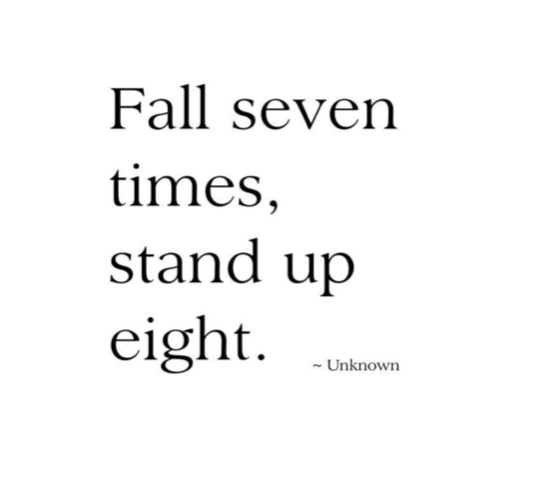CULTURAL APPROPRIATION
Let’s talk about what it is, and discuss HOW TO understand, so that we ourselves don’t stereotype.
The most common definition of cultural appropriation is the adoption of certain elements from another culture without the consent of people who belong to that culture.
Many humans express their beliefs and values through symbols. Humans tend to gather with like minded individuals. They become who they are by interacting with the people in their upbringing.
Their upbringing usually includes people with similar family values, circumstances, and traditions and faith.
In most countries the culture has a stereotype that we all have made generalizations about. This is human nature and a flaw that many of us have – “to generalize.” There is something in our psyche that we can’t begin to understand someone until we can visualize what they look like and/or where they come from. The most common NEGATIVE generalizations that people make about the skin colors/cultures are:
Gluttonous, ignorant, entitled, privileged.
Uneducated, criminal, fatherless
Smart, no emotions, calculated, strict
Intelligent, dot on forehead, rich
Radical beliefs, poor, hateful, burkas
Lazy, drug dealers, illegal
This is the culture they are grown into, it is who they become and unless someone interacts with another person in life of a different background, these negative stereotypes become a persons belief system. Unfortunately, the person of that particular negative stereotype starts to believe this about themselves as well.
Imagine if we focused on the positives of the many, instead of the negatives of the few. Then we would see all people are HUMAN BEINGS who possess amazing qualities: Innovative, Brave, Strong, Talented, Loyal, Traditional, Hard-Working, Family Oriented, Loving, Patriotic, and Faithful.
“Imagine if we focused on the positives of the many, instead of the negatives of the few.”
Im writing about this subject because I mistakenly stereotyped in one of my books, MY GOD IS BIGGER THAN YOU. I asked my illustrator to draw a little Indian girl and he included a dot on her forehead. I thought she was adorable and didn’t notice anything wrong. I loved the dot and did not remove it in the first versions of the printed book. Then I asked about it…to a person who has been to India and he explained the dot only applies to married women. It is called a Bindi or a Bindu. I pride myself on learning and listening to all information but I acted impulsively and wanted to share the book before Christmas. The Bindi has since been removed and I feel terrible that the few hundred books it was printed on, will hopefully not make a person stereotype Indian Girls.
This was ignorant on my part but I hope through my ignorance, it creates the opportunity for the parent and child to discuss and learn more about the Indian Culture. I have linked an adorable book titled P is for Poppadoms authored by Kabir Sehgal and Surishtha Sehgal It celebrates the rich culture, delicious foods, and fascinating animals of India.
I love living in a country that is filled with so much diversity and culture. I love that my book, MY GOD IS BIGGER THAN YOU, is filled with diverse looking children who all have the same human experience, we ALL have fears and we ALL make mistakes. What we all need to do is learn to communicate and accept one another differences. Stop cancelling each other out. I have faith humans will get to this point one day. In everything I must put my faith over my fear.
I love that my book, MY GOD IS BIGGER THAN YOU, is filled with children who all have the same human experience.
We ALL have fears and we ALL make mistakes.

